
Leaf of Life: Unlock the Miracle Plant Growing in Your Backyard
Have you ever spotted a lush, green succulent thriving effortlessly in your backyard? That may just be the Leaf of Life, scientifically known as Bryophyllum pinnatum. Celebrated for centuries in traditional medicine, this plant is more than just visually appealing—it's a natural powerhouse with a wide array of potential health benefits, from easing respiratory discomfort to promoting skin and kidney health.
Originally native to Madagascar, the Leaf of Life has since made its way to tropical regions across the globe, including the Caribbean, Africa, and South Asia, where it’s embraced for its healing properties. Whether you're an herbal enthusiast or simply curious about plant-based wellness, this guide will walk you through what makes this succulent so special, how to use it safely at home, and what science says about its benefits.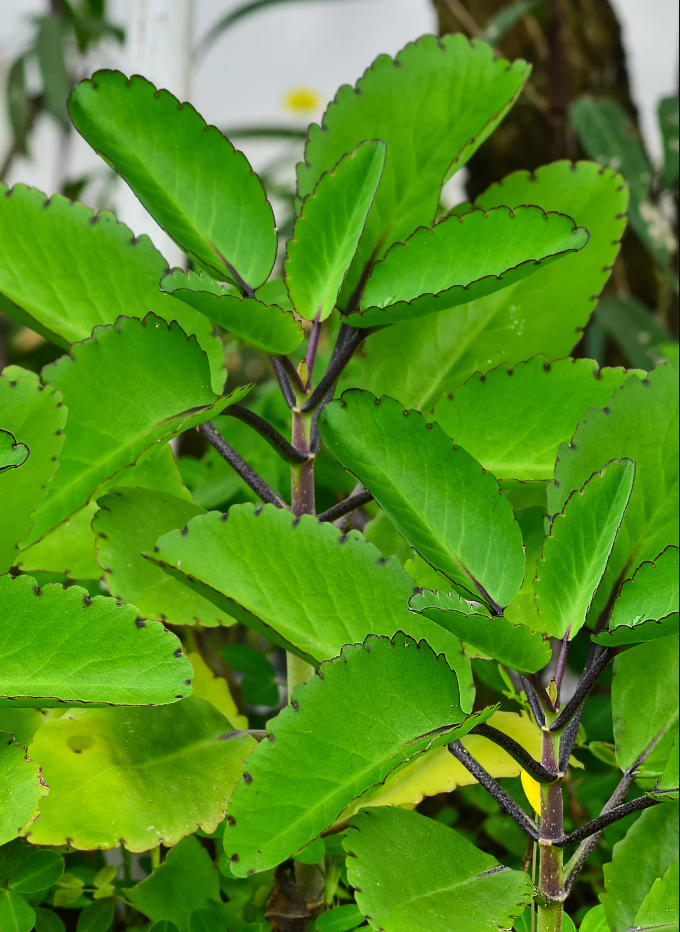
What Makes the Leaf of Life So Unique?
The Leaf of Life is a resilient, fast-growing succulent with thick, fleshy leaves and the amazing ability to sprout baby plantlets along its edges—hence nicknames like "Miracle Leaf," "Life Plant," or "Air Plant." These mini-clones can fall off and take root, giving the plant an almost immortal quality, hence the name “Leaf of Life.”
From a medicinal standpoint, what sets it apart is its chemical composition. According to WebMD, the plant contains flavonoids, triterpenes, bufadienolides, and phenolic acids—compounds known for their antioxidant, anti-inflammatory, and antimicrobial effects. A 2018 study in Frontiers in Microbiology revealed its potential to fight harmful bacteria and fungi, lending scientific weight to its traditional use.
Across cultures—from Jamaica to India—this plant has been used to treat a variety of ailments, especially those related to respiratory, skin, and kidney health.
Key Features of the Leaf of Life
-
Antioxidant-Rich: Fights oxidative stress by neutralizing free radicals, which can damage cells and accelerate aging.
-
Antimicrobial Properties: May inhibit the growth of bacteria, fungi, and even some viruses, supporting skin and immune health.
-
Low Maintenance: Grows easily in pots or gardens with minimal care; perfect for beginners or those in warm climates.
-
Multifunctional Uses: Leaves can be brewed as tea, crushed for poultices, or added to smoothies and juices for internal support.
Respiratory Relief the Natural Way
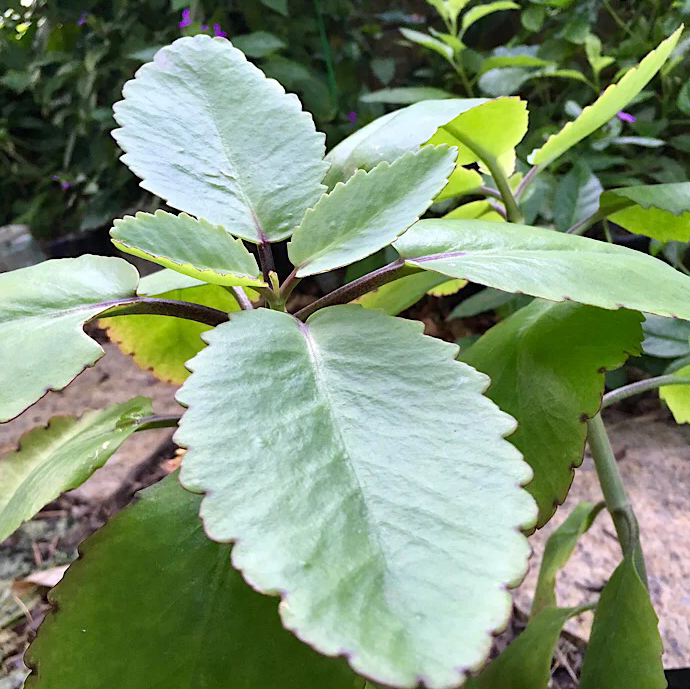
Looking for a natural remedy for coughs, congestion, or asthma symptoms? The Leaf of Life has been a trusted solution in Caribbean folk medicine for decades. In Jamaica, the leaves are commonly boiled or juiced to treat bronchitis, asthma, and colds.
A 2016 study published in Evidence-Based Complementary and Alternative Medicine found that compounds in the plant can help relax the bronchial muscles, which may reduce coughing and ease breathing. As Mayo Clinic experts emphasize, soothing airway irritation is crucial in managing respiratory issues—and this tea can do just that.
How to Make Leaf of Life Tea
Ingredients:
-
3–5 fresh Leaf of Life leaves
-
1 cup water
-
1 tsp honey (optional for flavor)
Instructions:
-
Wash the leaves thoroughly to remove dirt or debris.
-
Bring water to a boil and add the leaves.
-
Let simmer for 3–5 minutes (avoid overboiling).
-
Strain into a mug and add honey if desired.
-
Sip slowly, 1–2 times daily, for respiratory comfort.
Pro Tip: Always use fresh leaves when possible, as they retain more nutrients and active compounds than dried ones.
Skin Healing and First Aid Benefits
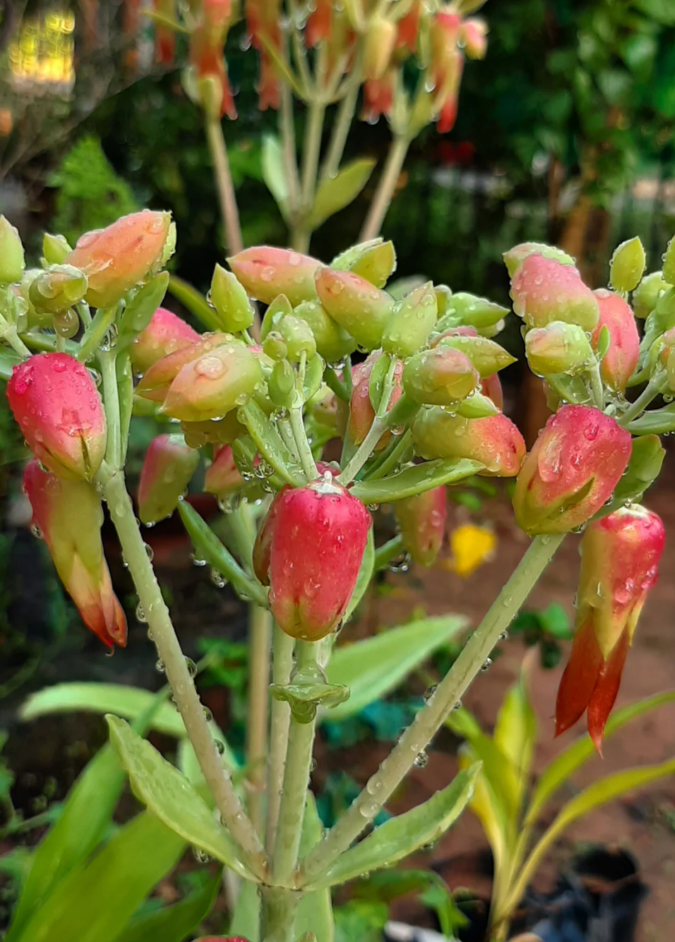
The Leaf of Life isn’t just for internal use. It’s also known for helping with minor skin injuries, including:
-
Insect bites
-
Minor cuts and bruises
-
Skin rashes
-
Mild burns
Thanks to its antiseptic and hydrating properties, it helps reduce swelling and speeds up healing. A 2017 study in Molecules found that topical application of Leaf of Life extracts reduced inflammation and microbial activity on skin wounds.
Its thick sap has moisturizing effects similar to hyaluronic acid, making it a good natural remedy for dry or irritated skin.
DIY Leaf of Life Skin Poultice
Steps:
-
Wash 2–3 fresh leaves and mash them into a soft paste.
-
Apply directly to clean skin on affected areas.
-
Cover with a clean cloth or bandage.
-
Leave for 10–15 minutes, then rinse and pat dry.
Use: 1–2 times daily until the area improves.
Note: Always do a patch test on a small area to check for skin sensitivity.
Kidney and Blood Sugar Support
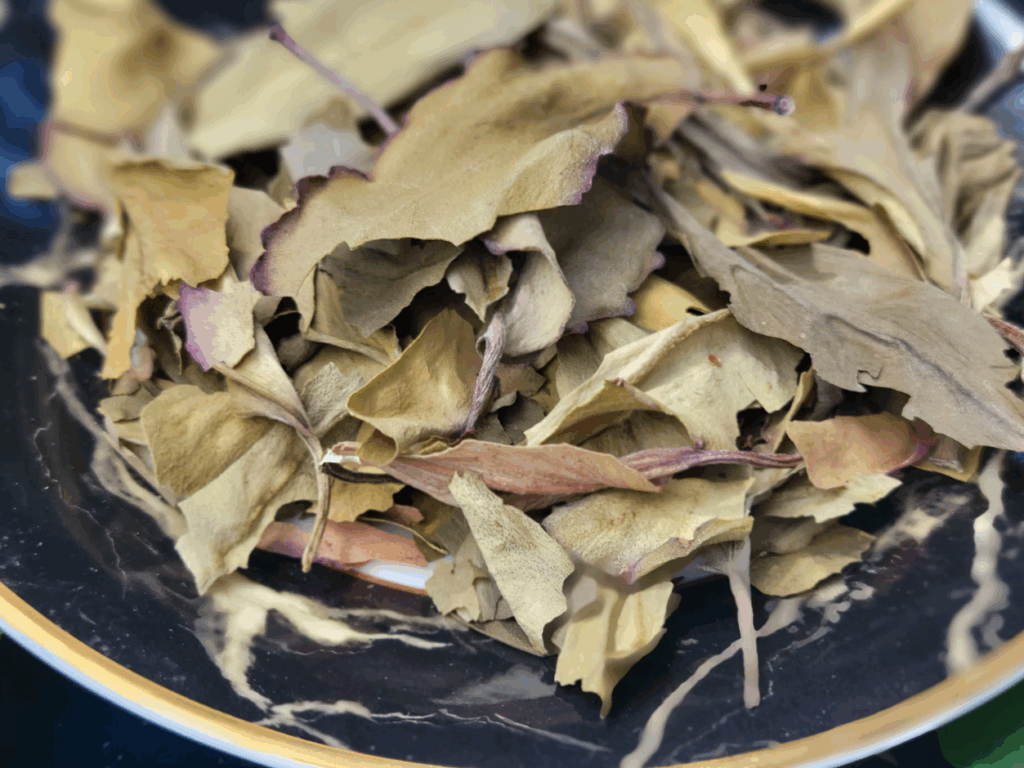
Emerging research has highlighted the Leaf of Life’s potential benefits for kidney health and metabolic balance. A 2014 animal study suggested that Leaf of Life extracts may reduce urinary oxalate levels, which contribute to kidney stone formation.
Furthermore, a 2008 study on diabetic rats indicated that the plant helped lower blood glucose and triglyceride levels, suggesting potential support for those managing type 2 diabetes or pre-diabetes. While results are encouraging, CDC guidelines stress the need for more clinical trials in humans.
Usage Tips for Kidney and Blood Sugar Support
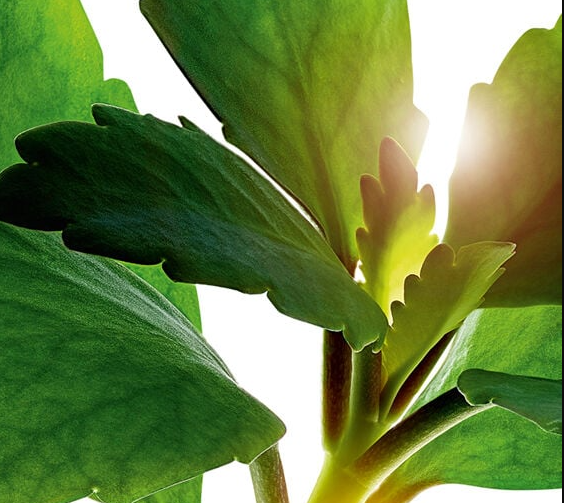
-
For Kidney Health: Drink 1 cup of Leaf of Life tea twice a day for a few days at a time.
-
For Blood Sugar: Use cautiously and under a doctor’s supervision if diabetic. Monitor glucose levels closely.
-
Avoid Long-Term Overuse: Stick to moderate, short-term use to prevent unwanted effects like nausea or dizziness.
How to Integrate Leaf of Life Into Your Routine
The beauty of this plant is that it’s both accessible and affordable. It grows well in containers, balconies, or backyard gardens. Even without access to the fresh plant, you can purchase dried leaves or powdered forms from health stores or online.
Pair its use with a balanced diet, hydration, and exercise, and you’ll create a more complete wellness lifestyle.
Creative Everyday Uses
-
Smoothie Booster: Blend 1–2 leaves with pineapple, ginger, and coconut water for a refreshing detox drink.
-
Cold Remedy Juice: Warm 3 leaves, extract the juice, add a pinch of salt, and take 1 tablespoon 3 times a day.
-
Topical Soother: Mash and apply on sunburns, rashes, or insect bites.
-
Natural Humidifier: Grow indoors to add green beauty and mild air purification.
Safety, Precautions, and Contraindications
While the Leaf of Life has a solid safety record in traditional use, it isn’t suitable for everyone. According to WebMD and other health sources, certain populations should avoid it or consult a physician first.
Safety Guidelines
-
Consult Your Doctor: Especially important if pregnant, breastfeeding, or taking medications (e.g., blood thinners, diabetes meds).
-
Topical Use: Dilute fresh juice with coconut oil or aloe vera gel to minimize risk of irritation.
-
Children: Limited research exists; best to avoid use in children under 12.
-
Moderation is Key: Limit to 1–2 cups of tea or one topical use daily.
-
Quality Matters: Use pesticide-free, organic leaves or buy from reliable suppliers.
🌿 Leaf of Life: A Natural Ally for Your Wellness Journey
The Leaf of Life isn’t just a garden curiosity—it’s a natural remedy chest growing right at your fingertips. From helping with respiratory symptoms to supporting skin and kidney function, it offers gentle, plant-based support backed by tradition and growing scientific interest.
When used mindfully and moderately, it can be a wonderful addition to your wellness lifestyle—whether in the form of tea, poultice, or a refreshing smoothie.
✅ Ready to Experience the Power of the Leaf of Life?
Start with a few fresh leaves, try a tea or poultice, and listen to your body. As always, consult with a healthcare provider before adding new herbs to your routine.
Disclaimer: This article is for educational purposes only and should not be considered medical advice. Always consult a healthcare professional before starting any new health practice or supplement.
News in the same category

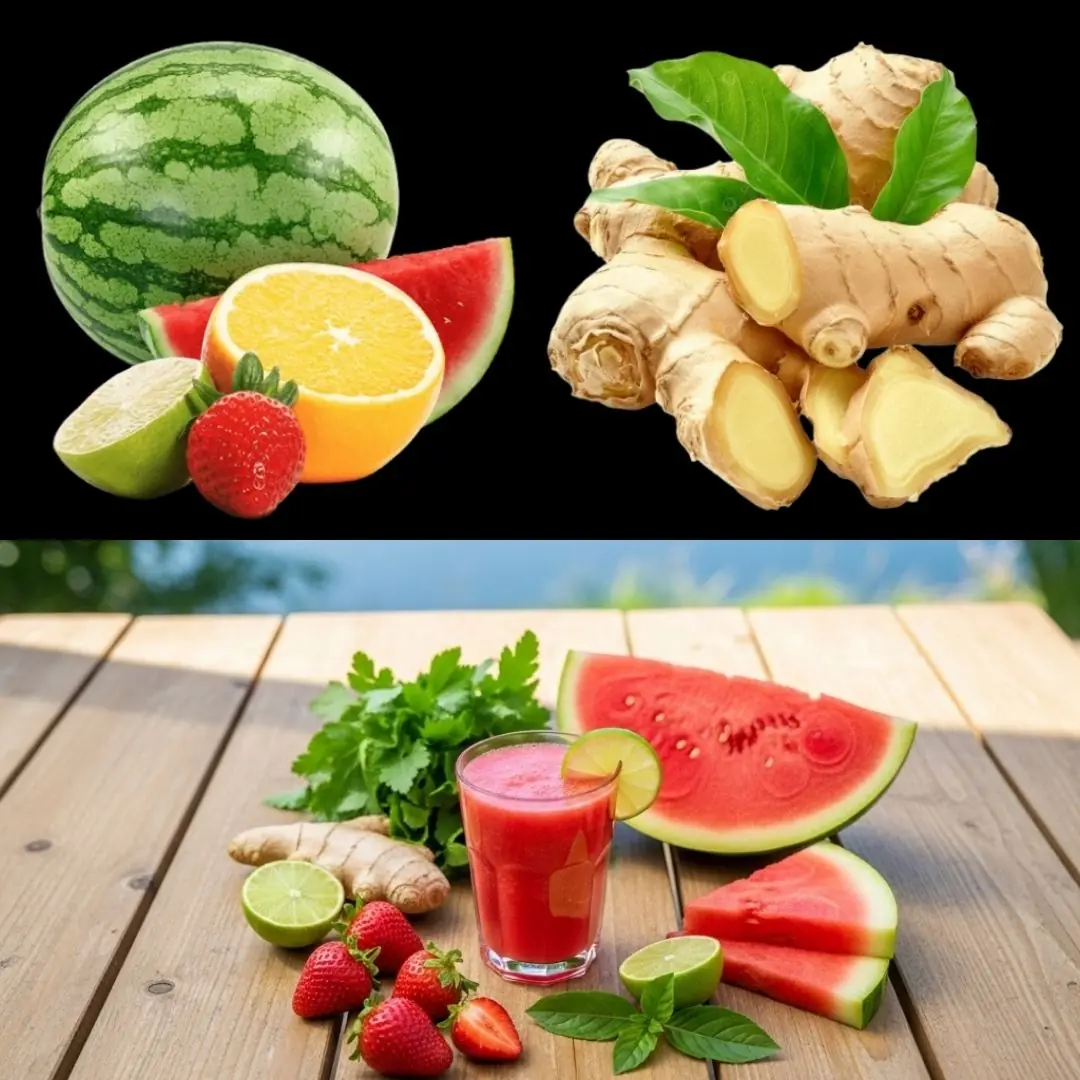
Watermelon Juice with Carrot, Beetroot, and Ginger: A Refreshing, Nutrient-Packed Drink

Shocking Secret Revealed: Erase Facial Hair Naturally with THIS Kitchen Staple!

🌿 OKRA BENEFITS – 20 Impressive Health Benefits of Okra You Need to Know!
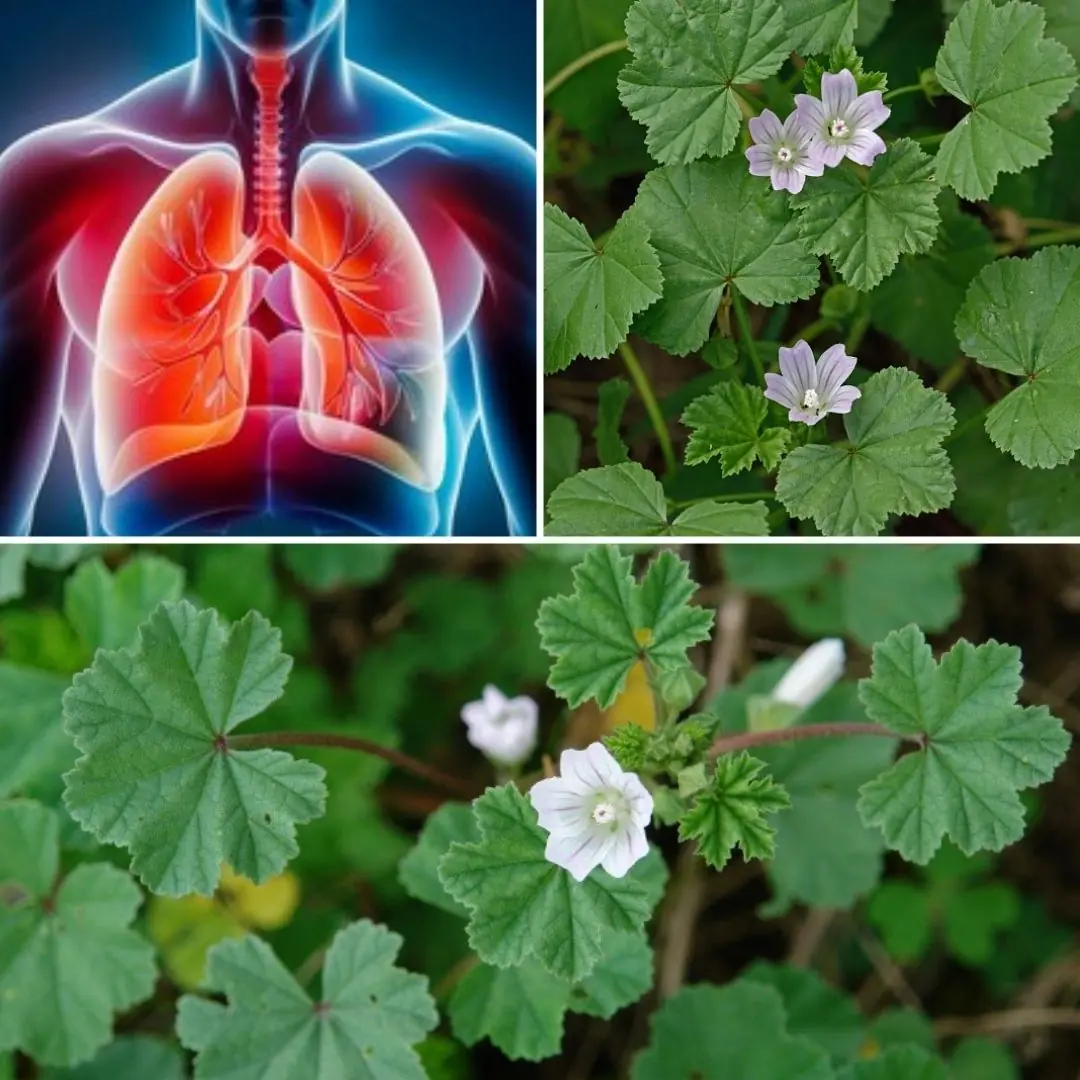
Dwarf Mallow (Malva neglecta): The Overlooked Superplant Your Body Will Thank You For
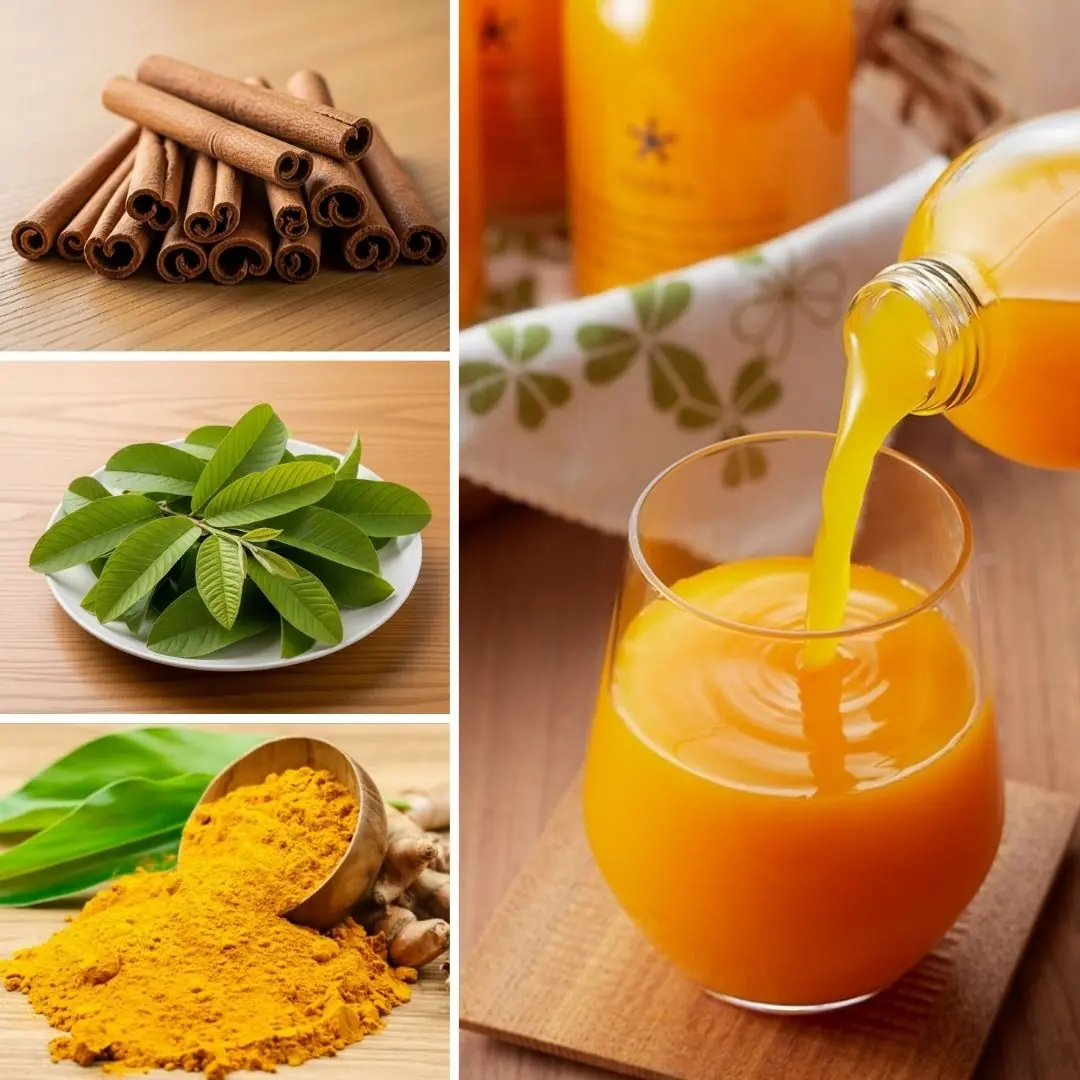
The Powerful Natural Drink Recommended by Dr. Frank Suárez to Help Combat Cancer, Diabetes, and Fatty Liver
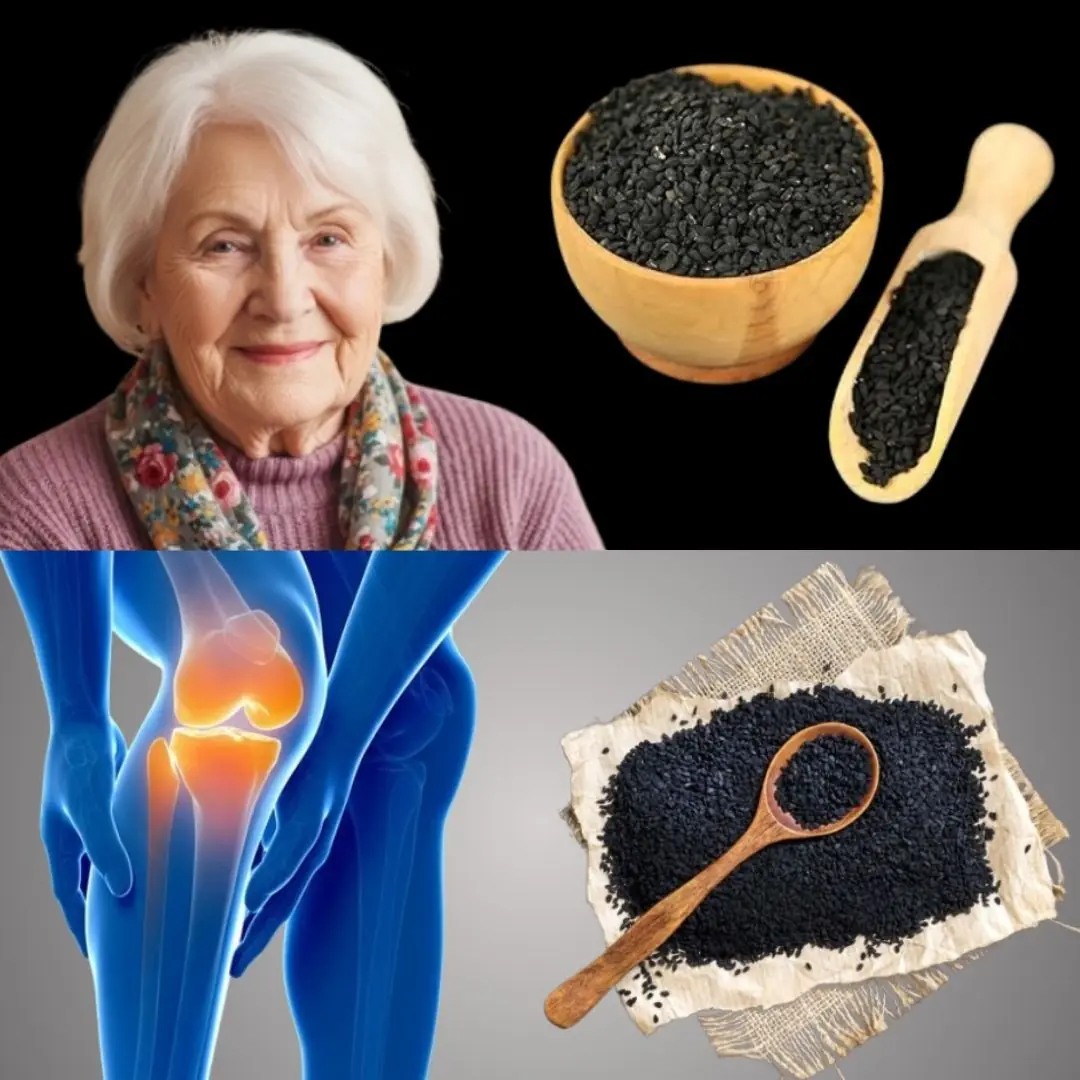
My Grandma Healed Her Joints and Now Runs Like a Young Girl – Thanks to Black Cumin Seeds!

Homemade Syrup That Clears Cough & Flu Fast — Just 3 Powerful Ingredients!

I Ate 2 Dates a Day — Here’s What Happened to My Body
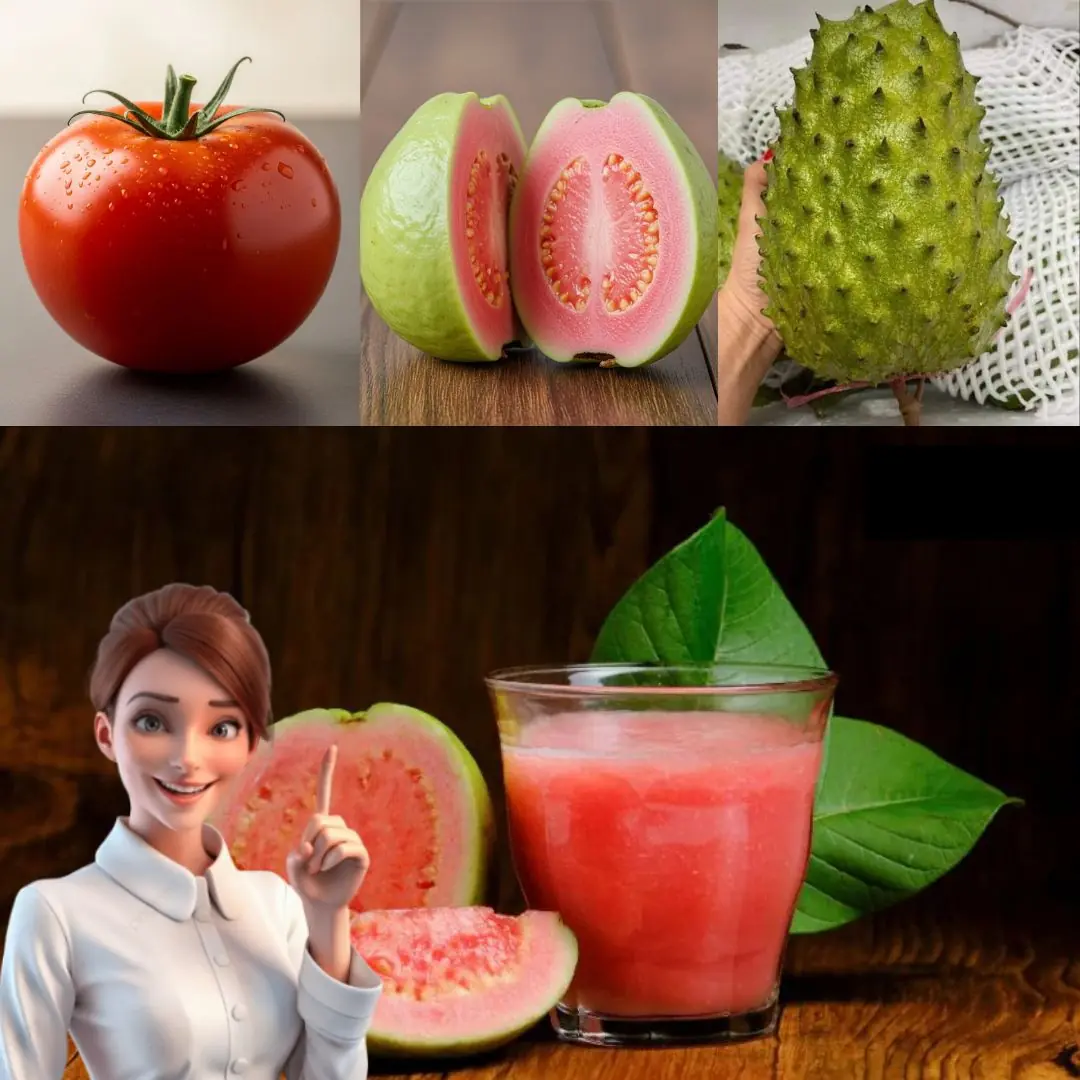
The 2025 Wellness Revolution: A Drink to Transform Your Health!

Nature’s Secret Superfood: Why Purslane Is the Game-Changer Your Health Needs 🌿
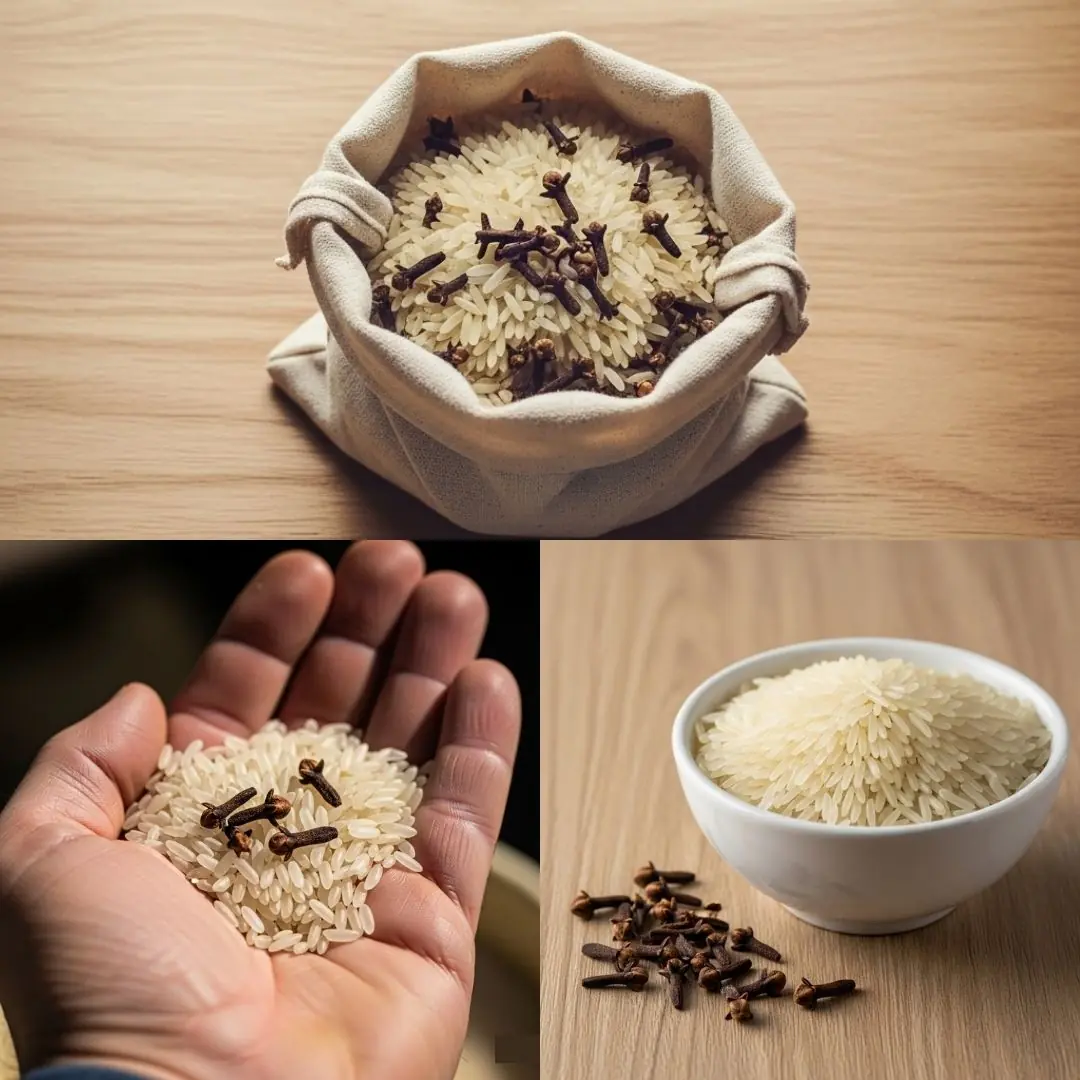
🚫 Say Goodbye to Weevils: Easy Tips to Keep Your Beans and Rice Safe
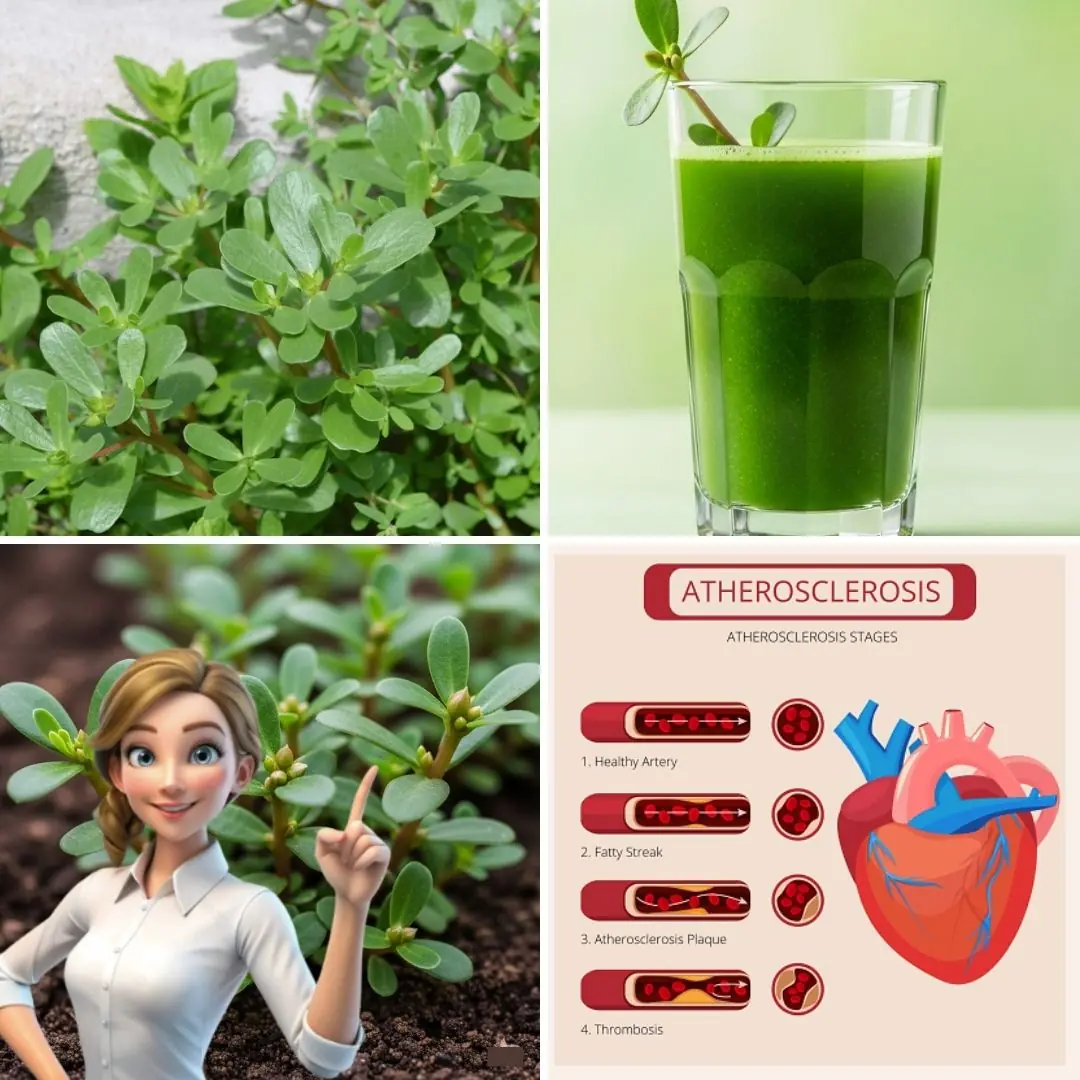
Purslane: The Humble Backyard Superfood You’ll Wish You’d Known Sooner
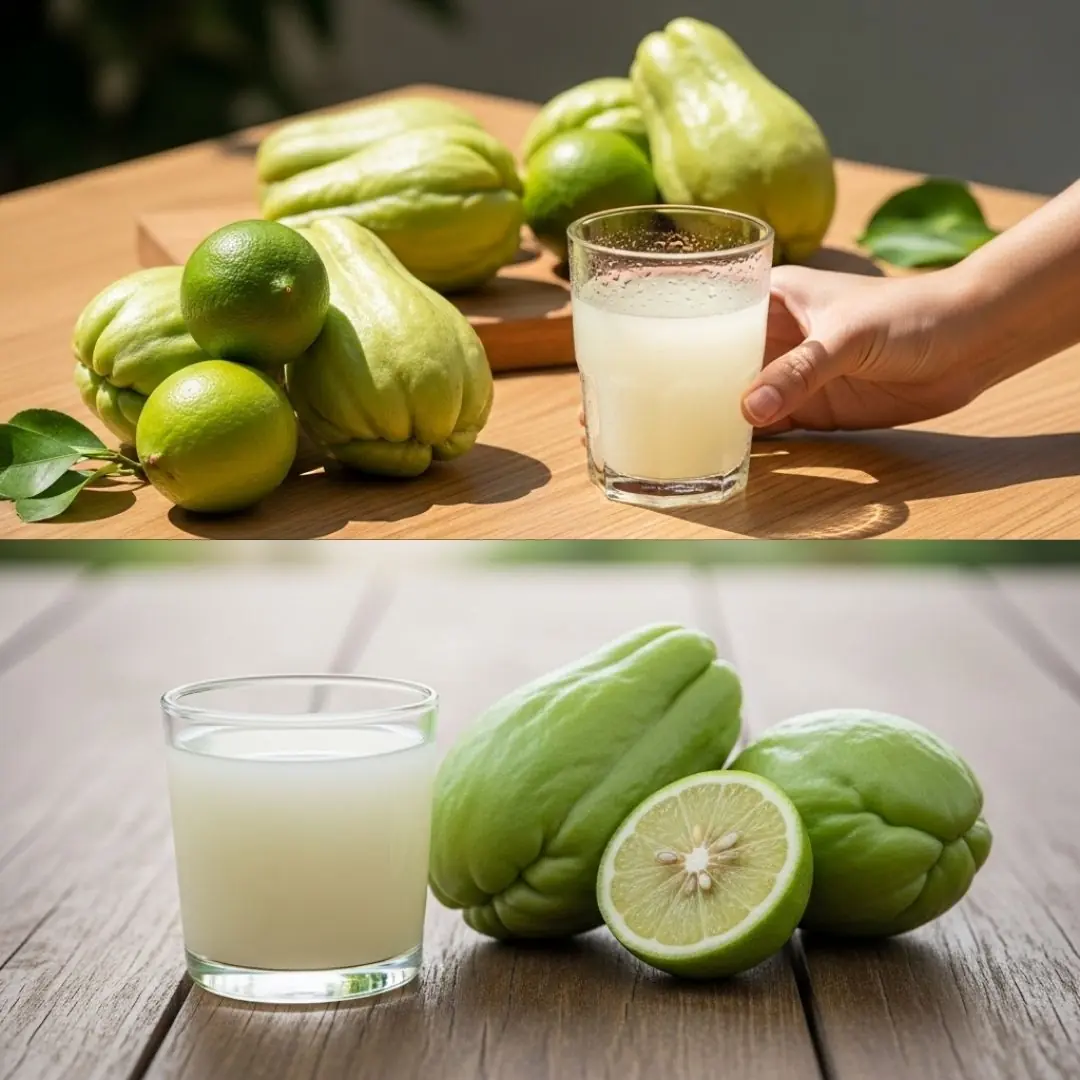
🥒🍋 Mix Chayote and Lemon — You'll Thank Me When You Discover What It's For!
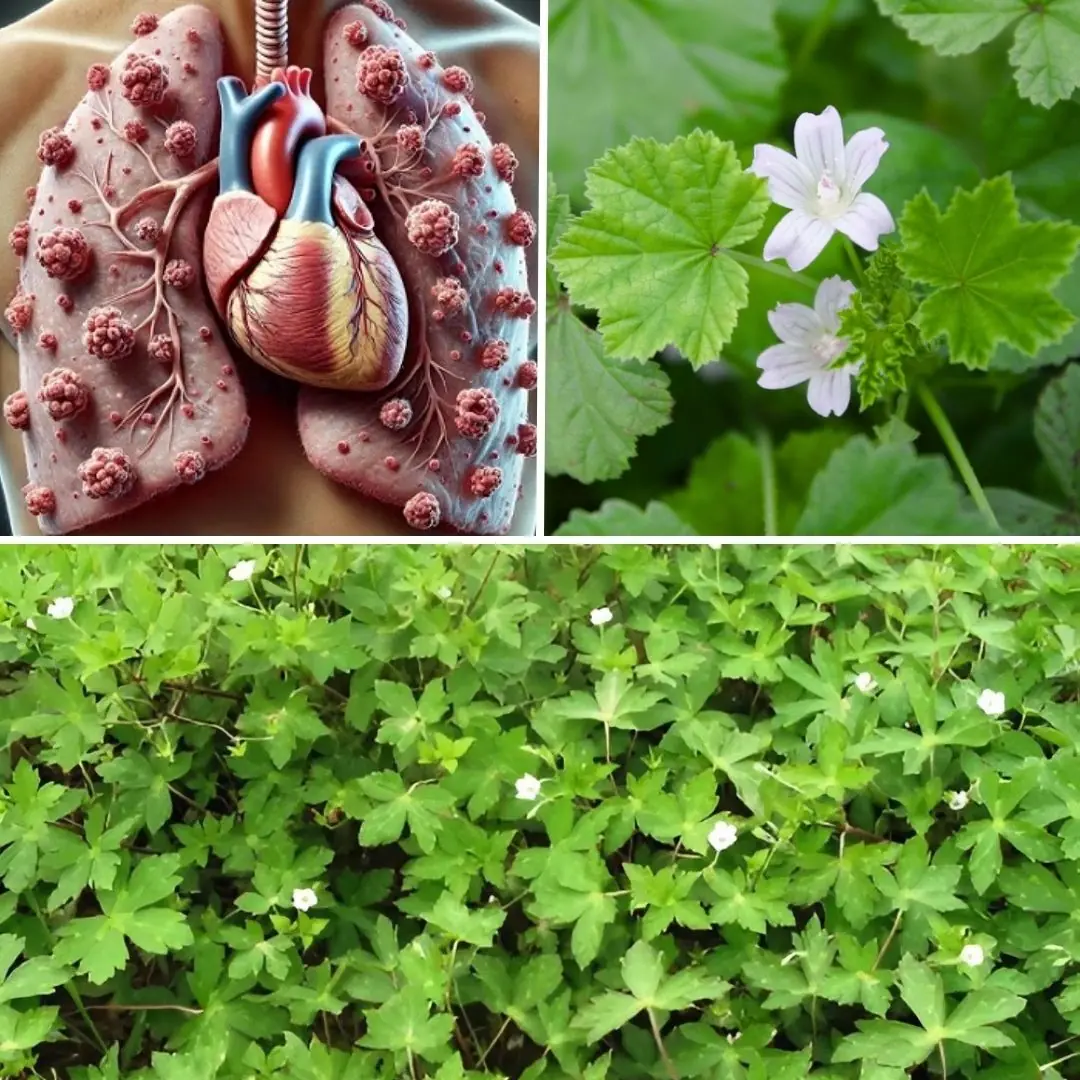
The Secret Superfood Hiding in Your Backyard: Why Common Mallow Will Blow Your Mind
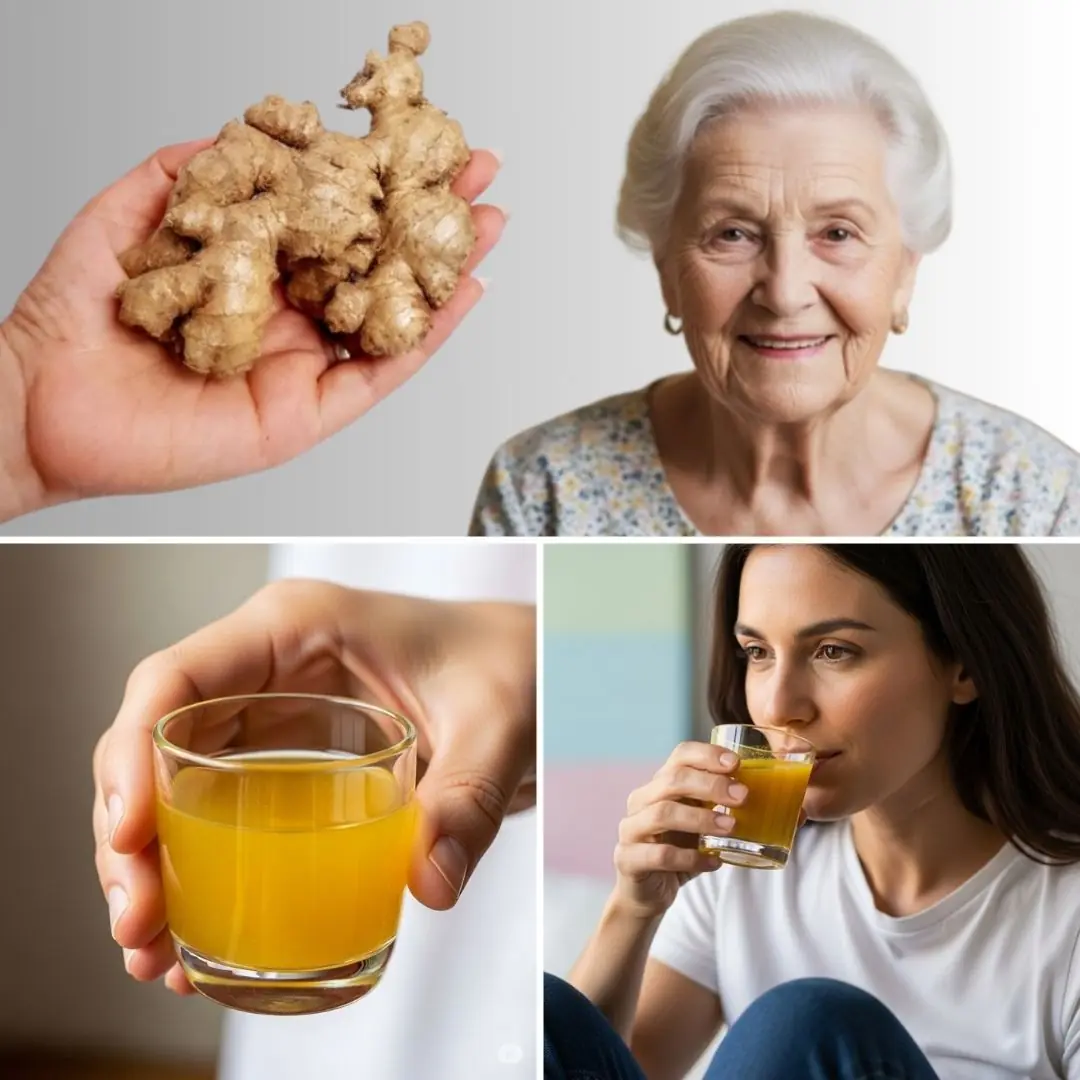
🍍 Why You’ll Love This Pineapple Lemon Ginger Fat Burning Juice

Kalanchoe Pinnata: The Miracle Leaf That’s Your Secret to Natural Healing

Can a Tea Really Support Heart Health? Natural Ways to Care for Your Arteries

Lemon and Apple: A Healthy Duo for Wellness and Vitality
News Post

The Dark Year: What Made 536 So Devastating For Civilization

Alarming Discovery: High Aluminum Levels Found in Brains with Alzheimer's, Autism, and MS

First Human Trial Launched for Stem Cell Therapy to Reverse Spinal Cord Injuries

From Despair to Hope: Joe Tippens' Incredible Cancer Recovery Story with Fenbendazole

Elon Musk Claims He’s A 3,000-Year-Old Time-Traveling Alien

The Volume Buttons on Your iPhone Have Countless Hidden Features

10 Safest Countries To Be In If World War 3 Breaks Out

2050 Climate Crisis Death Toll Could Be Catastrophic, Researchers Warn

This Image Has People Perplexed. Can You Solve It?

What causes the green ring around hard-boiled eggs?

Ditch Bad Vision for Good! Carrots Can Boost Your Eyesight, Hearing, Memory & Immunity

Watermelon Juice with Carrot, Beetroot, and Ginger: A Refreshing, Nutrient-Packed Drink

Shocking Secret Revealed: Erase Facial Hair Naturally with THIS Kitchen Staple!

🌿 OKRA BENEFITS – 20 Impressive Health Benefits of Okra You Need to Know!

Dwarf Mallow (Malva neglecta): The Overlooked Superplant Your Body Will Thank You For

The Powerful Natural Drink Recommended by Dr. Frank Suárez to Help Combat Cancer, Diabetes, and Fatty Liver

My Grandma Healed Her Joints and Now Runs Like a Young Girl – Thanks to Black Cumin Seeds!

Homemade Syrup That Clears Cough & Flu Fast — Just 3 Powerful Ingredients!
